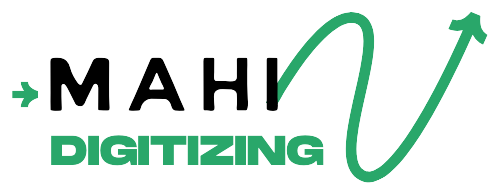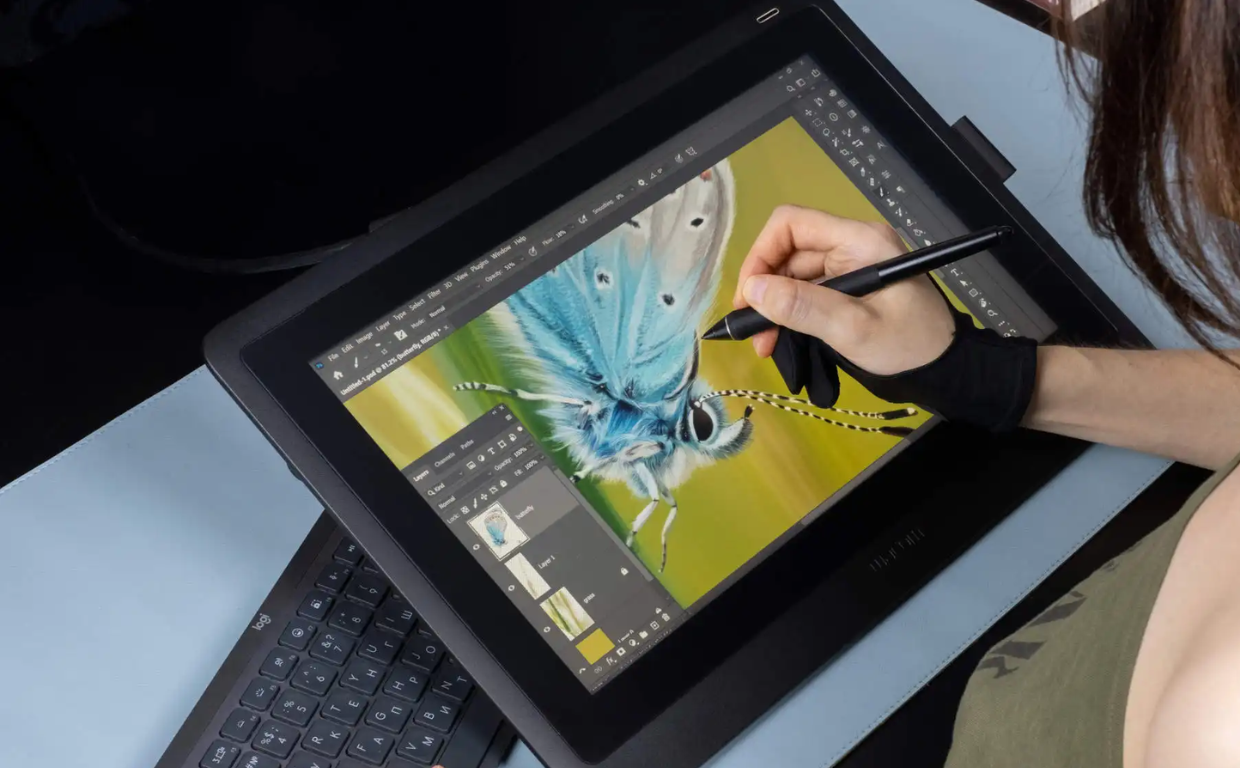Converting JPG images into vector formats is a vital step in embroidery digitizing, design scalability, and print quality. Choosing the right tool ensures precision, flexibility, and professional results. Let’s explore the top software solutions that simplify and perfect the JPG to vector transformation process.
Adobe Illustrator: Industry Standard for Vector Design
Adobe Illustrator is the go-to vector software for professionals due to its powerful tracing engine. The “Image Trace” feature allows users to convert high-resolution JPGs into clean, scalable vectors with minimal distortion or pixelation.
It supports various vector formats such as AI, SVG, EPS, and PDF. The software also offers extensive control over anchor points, curves, and fills, making it ideal for embroidery and logo work. Illustrator works seamlessly for detailed digitizing tasks.
One major advantage is its customization. You can adjust tracing thresholds, remove background noise, and refine paths, which is especially helpful for small, complex JPG logos. Many professional digitizers prefer Illustrator for these reasons.
However, the learning curve can be steep for beginners. Thankfully, Adobe offers tutorials and integration with other Creative Cloud tools. It’s worth mastering if you aim for top-notch vector results every time.
At Mahi Digitizing’s vectorization service, Illustrator is among the core tools used to produce high-resolution, ready-to-use vector artwork.
For external resources, check Adobe’s Image Trace guide for a complete walkthrough.
CorelDRAW: A Powerful Alternative for Professionals
CorelDRAW is another powerful vector graphics editor favored in the digitizing world. Known for its user-friendly interface, it provides impressive features like “PowerTRACE,” which lets users convert JPGs into vectors effortlessly.
PowerTRACE gives detailed control over smoothing, corner sharpness, and color accuracy. This results in precise, editable vector images, even from low-quality JPG inputs. It’s ideal for embroidery and print production alike.
The software is widely used in industries such as apparel design, signage, and branding. It allows seamless layer editing and fine-tuning, which helps users prepare images quickly and accurately for stitching or print.
CorelDRAW’s interface is easier to navigate than Illustrator for many beginners, while still offering deep customization options for advanced users. It also supports a wide range of file formats for export.
If you’re getting vector work done at Mahi Digitizing, CorelDRAW might be part of your file’s conversion pipeline depending on design needs.
Visit CorelDRAW’s official page to explore licensing and tutorials.
Inkscape: Free and Open-Source Vector Converter
Inkscape is a free, open-source vector graphics editor that rivals paid tools in power and capability. Its “Trace Bitmap” tool converts JPGs to vectors using single scans or multi-color separation.
While it may lack some polish compared to Adobe or CorelDRAW, Inkscape is incredibly capable. It supports SVG format natively and can export to EPS, PDF, DXF, and more. The software is frequently updated and well-documented.
Inkscape is especially useful for startups and small businesses looking to minimize software costs without sacrificing quality. The interface is intuitive, with plenty of community support and plugins available.
It’s perfect for testing designs before professional digitizing. Many users at Mahi Digitizing even preview or simplify artwork in Inkscape before finalizing it in premium tools.
Explore Inkscape at Inkscape.org to download and access its documentation and plugin library.
Need help converting your image with Inkscape-ready files? Visit our Contact Page for expert assistance.
Vector Magic: AI-Based JPG to Vector Conversion
Vector Magic is a web-based and desktop software that uses AI to convert JPGs into vector formats. It’s perfect for non-designers who want quick, high-quality conversions with minimal learning curve.
With auto-detection of edges and color layers, Vector Magic produces clean vector outputs ready for embroidery or print. It exports to AI, SVG, PDF, and EPS, supporting both color and black-and-black designs.
Its simplicity doesn’t compromise quality. You get preview control and layer editing, which helps reduce manual cleanup. It’s a valuable tool for teams needing fast turnaround on image prep.
While Vector Magic is not a full vector design suite, it complements tools like Illustrator by saving hours on manual tracing. You can convert, refine, and export within minutes.
We often recommend it for clients uploading JPGs on our Get a Quote page, especially when a fast proof is needed.
Try it at VectorMagic.com for a demo of the conversion process.
Gravit Designer and Affinity Designer: Alternatives to Explore
Gravit Designer and Affinity Designer are lesser-known, yet powerful, vector design tools. Both offer vector trace capabilities and support multiple export formats ideal for logos and digitizing.
Gravit Designer works directly in the browser and supports real-time editing. It’s intuitive and clean, great for basic logo conversions or vector refinements, especially in a collaborative environment.
Affinity Designer offers high-performance vector handling and low latency. It’s widely used in print and apparel workflows due to its flexibility, smooth curves, and high-detail output.
They don’t include AI-assisted conversion, but they excel in refining pre-converted JPGs. They’re great tools for intermediate-level digitizing tasks, especially when paired with Inkscape or Vector Magic.
Mahi Digitizing sometimes leverages these tools for mid-level patch and logo editing. Their affordability makes them attractive for small embroidery shops or freelance artists.
Check out Affinity Designer and Gravit Designer to explore the features further.

